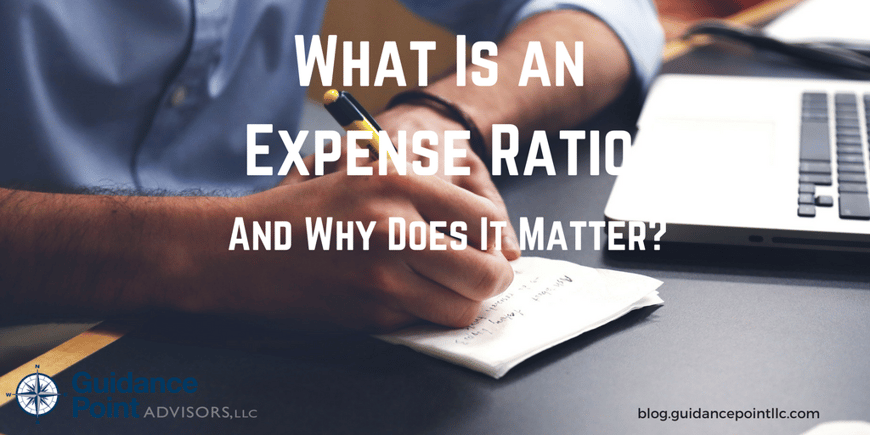
Do you ever wonder what your total investment costs are but don’t know how to get the answer? You’re not alone. Given the various types of fees in the investment world, it’s difficult to get a complete picture of what your total costs are and how those costs could impact your long-term investment returns and, in turn, your retirement nest egg. In particular, the fee we often see clients overlooking is called the expense ratio.
The reason this particular fee is often not considered is because it doesn’t appear on your investment statement and often isn’t discussed with your advisor or broker. What is an expense ratio? Morningstar defines it as,“the annual fee that all funds or ETFs charge their shareholders. It expresses the percentage of assets deducted each fiscal year for fund expenses, including 12b-1 fees, management fees, administrative fees, operating costs, and all other asset-based costs incurred by the fund.”
Typically, the expense ratio is expressed in percentage terms and the return that you receive as a shareholder is “net of” or after the deduction of this fee. For example, a fund with a 1% expense ratio would remove 1% from the fund’s return every year to pay for the expenses described above. While this may not seem like a significant amount in any given year, having a portfolio of funds with high expense ratios can create a considerable drag on your long-term returns if the funds you’re investing in aren’t compensating for those higher fees with returns that are keeping pace with, or beating, their respective benchmarks.
This article from Mom and Dad Money illustrates how investment costs can impact portfolio performance over time.
Expense ratios come in all shapes and sizes and the reasons they can differ from fund to fund can relate to the size of the fund, the complexity of the investment strategy, or whether the fund is “active” (trying to outperform the market vs. its respective benchmark) or “passive” (aiming to replicate the holdings of a particular index). In theory, active funds typically have higher fees because their costs to actively manage, administer and operate the fund are going to be higher than a fund that is simply trying to mimic an index. Based on that assumption, the next logical question to ask yourself is: Do the active funds that I own consistently outperform their passive counterparts net of the expense ratio? If they do, great. You (or your advisor) have the magic touch when it comes to picking funds. For most of us though, the answer to the above question is usually no. If that’s the case for you, it might be worth considering what you can do to minimize your funds internal expenses over the long run. While these are fees that you won’t be reminded of everyday, paying attention to your fund’s expense ratios could save you a bundle in the long run.
Would you like to know what your expense ratios are costing you? Download our free Expense Ratio Worksheet!
Other Blogs You Might Enjoy
The Top 5 Problems With Financial Advisors and How To Solve Them
Retirement Versus College: Where To Save First


